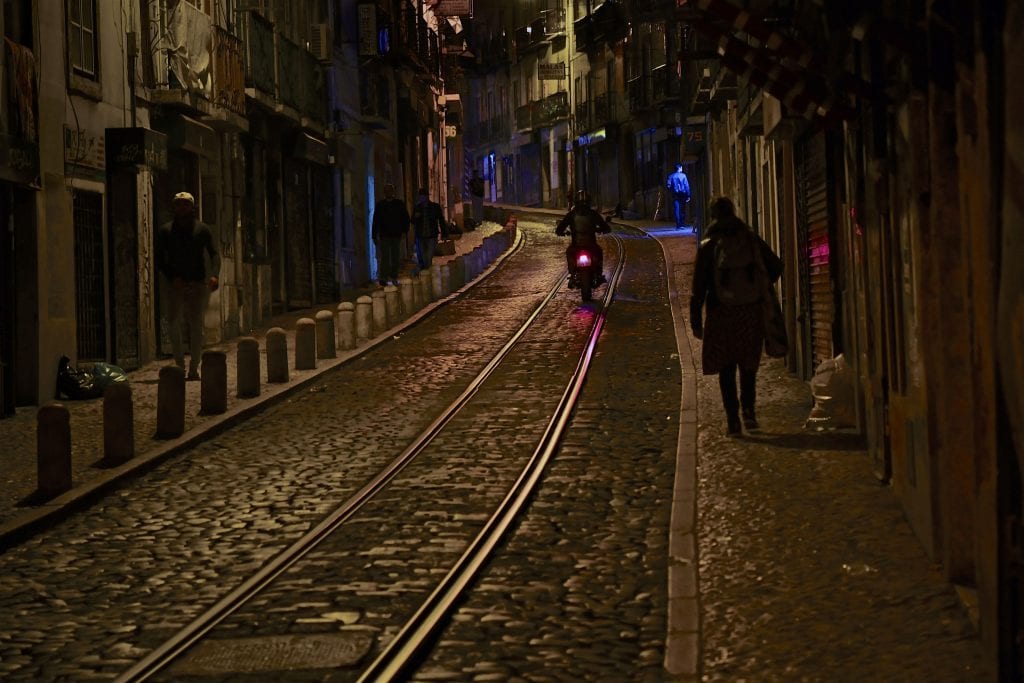The idea of time is important to photography—not only the time you invest in shooting, but the duration of the shutter’s opening. A fast shutter speed can stop time, whereas a longer, slower shutter speed can transmit to the viewer the illusion of movement
Images can often get more interesting with the passage of time. Clues as to when the picture was taken are revealed in the frame through fashion, haircuts, or the electronics or cars of the day (or lack thereof). As images get older, they can become precious historical records.
When I traveled through the United States a few years ago on a road trip, I was fascinated by the many places I encountered that had a feeling of being stuck in time, which became part of the story I tried to capture.
Then there are the fleeting moments captured by the camera’s fast shutter. There are no redos in these images. The ability of the photographer to capture the precise moment when all elements within the frame come together and are frozen by the squeezing of the shutter release is a talent as well as a skill to be developed.
It was Henri Cartier-Bresson who coined the term “the decisive moment” to describe that perfect, peak moment. Humans can’t see what photography shows us when certain shutter speeds are used to capture our world. That is why images of fast-moving subjects frozen with fast shutter speeds or blurred with slow ones are particularly distinctive and get our attention.
You just have to look at the pioneering work of Harold Edgerton, the inventor of the modern strobe to see what I mean. Edgerton did what great photographers and artists do every day: They show us our familiar world in a new way.

Whether it was the beauty of the “crown” created when a droplet crashed into a pool of milk or the awesome power of a bullet exploding through an apple, Edgerton was able to show us the innate beauty in a world of stop-motion that we had never seen before, with flash durations of 1/10,000 of a second or faster.

Here is an example (below) of how crucial the moment can be to the success of an image. The top image is basically a throw-away, not much there. A fraction of a second later, and the moment captured from that same rollercoaster tells a story about joy and life. That split second made the difference between tossing in the trash and framing for the wall.


The moment is an element of your work that cannot be underestimated, even when dealing with situations where the moment is not central to what the photo is about.
That same spirit of seeing in new ways is a key to doing work that upends our traditional view of the world. Embracing that new way of looking at a familiar subject is the end result of working your compositions.
However, the art of composition is not a science. Photography is personal. It takes a long time for photographers to learn to trust their intuition, especially when the creative process can feel so technical when using a tool like a camera.











